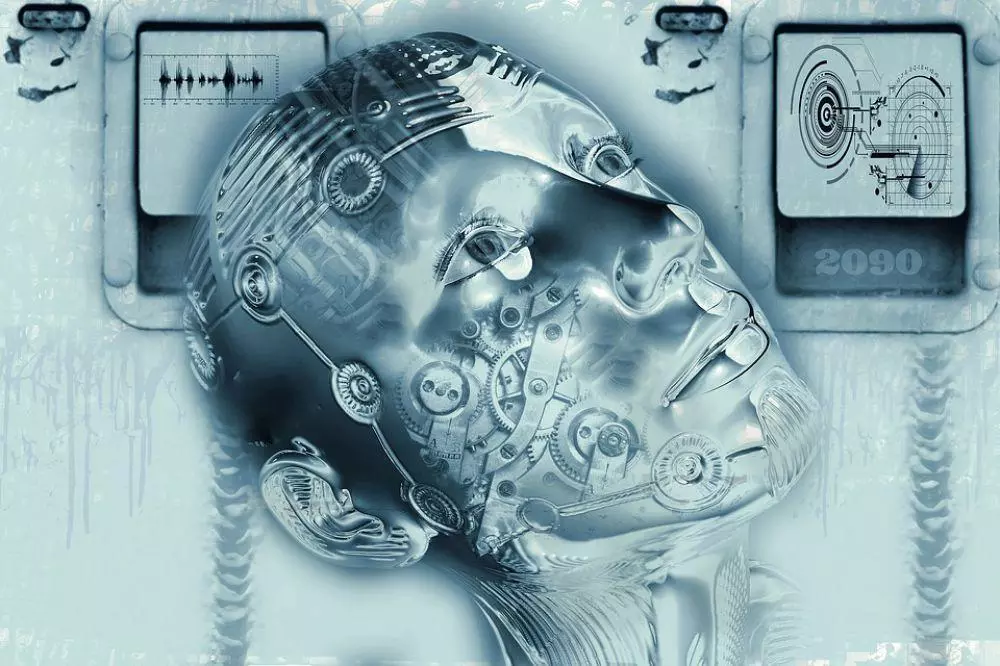Comments
- No comments found

Google’s Tensorflow, Keras, or Facebook’s Pytorch are typical examples of tech organizations failling to deliver advanced artificial intelligence products and services.
Big Tech’s artificial intelligence (AI) and machine learning (ML) algorithms have nothing to do with real learning, such as acquiring new data/information/knowledge, perception, understanding, behaviors, skills, values, attitudes, and preferences, by studying, investigating, practicing, observing, teaching, or experiencing.
Current ML/DL/AI models are making predictions/decisions/recommendations by learning from input data, which is typically biased, unjust, wrong and unfair, so will the decisions made.
Machine learning (ML) is the study of computer algorithms that improve automatically through “training data” to fit some parameters; or the computing ability to automatically apply complex mathematical calculations to big data, the large volume of data – both structured and unstructured.
Today’s machine learning running neural networks is merely “a method of data analysis that automates analytical model building”. It can not learn from data, or “recognize patterns” or “make decisions” with minimal human intervention.
Today’s ML is a mix of computational statistics, or statistical computing, predictive analytics, encompassing statistical techniques from data analytics, mining, predictive modelling, to analyze (current and historical) facts to make estimations about future or otherwise unknown events.
In such a ML, a common task is the study and construction of algorithms that can interpolate from and make estimations on data. Such algorithms function by making data-driven approximations or calculations, through building a mathematical model from input data. The model is initially fit on a training dataset, which is a set of examples used to fit the parameters (e.g. weights of connections between neurons in artificial neural networks of the model. The model (e.g. a neural net or a naive Bayes classifier) is trained on the training dataset using a supervised learning method, using optimization methods such as gradient descent or stochastic gradient descent.
It is ONLY a REAL ML, which is “an application of artificial intelligence (AI) that provides systems the ability to automatically self-learning and self-improving from experience.
Real AI/ML/DL must therefore be fed scientific world’s theories to run algorithms and make fair, precise and reliable decisions.
Specifically, what is said by their sites proves the non-AI status.
Keras, a cross-platform software, is an open-source library that provides a Python interface for artificial neural networks.
Built on top of TensorFlow 2.0, “Keras is an API designed for human beings, not machines. Keras follows best practices for reducing cognitive load: it offers consistent & simple APIs, it minimizes the number of user actions required for common use cases, and it provides clear & actionable error messages”.
Keras contains numerous implementations of commonly used neural-network building blocks such as layers, objectives, activation functions, optimizers, and a host of tools to make working with image and text data easier to simplify the coding necessary for writing deep neural network code.
Keras allows users to productize deep models on smartphones (iOS and Android), on the web, or on the Java Virtual Machine. It also allows use of distributed training of deep-learning models on clusters of Graphics processing units (GPU) and tensor processing units (TPU).
TensorFlow is an end-to-end open source platform for machine learning. It has a comprehensive, flexible ecosystem of tools, libraries and community resources that lets researchers push the state-of-the-art in ML and developers easily build and deploy ML powered applications.
It is a free and open-source software library for dataflow and differentiable programming across a range of tasks. It is a symbolic math library, and (is also used for machine learning applications such as neural networks).
Pytorch, an open source ML framework that accelerates the path from research prototyping to production deployment.
It is free and open-source software, with the Python interface and a C++ interface.
PyTorch is used for applications such as computer vision and natural language processing, primarily developed by Facebook's AI Research lab (FAIR).
A number of pieces of DL software are built on top of PyTorch, including Tesla Autopilot, Uber's Pyro, HuggingFace's Transformers, PyTorch Lightning, and Catalyst.
All in all, the Big Tech AI/ML open source platforms are still not promoting a new general-purpose technology amid an emerging strategic artificial intelligence industry.
Leave your comments
Post comment as a guest